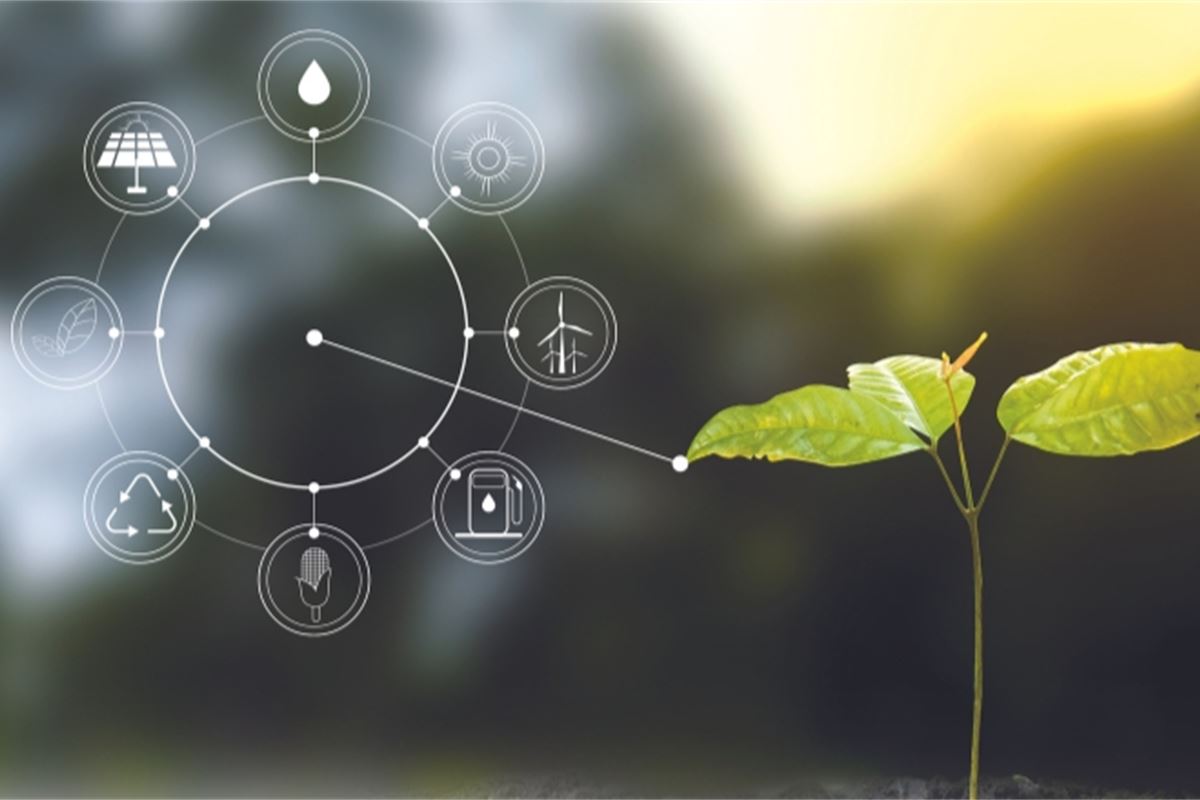In July 2021, scientists warned that nearly 100% of the western part of the United States was in the grip of drought, setting a record 122 years. Just a year earlier, extreme drought conditions in the Czech Republic were declared the worst in 500 years.
As a result of climate change, such phenomena are more and more frequent and have a considerable impact on the economy on both sides of the Atlantic. There is no doubt that the agricultural sectors of the EU and the United States are suffering firsthand some of the most serious consequences of climate change, perhaps more than any other economic sector.
In the Czech Republic, when the drought of late spring and summer 2020 hit in northwestern Bohemia, the harvest there was 15-20% lower than in 2018 and 2019, which were also extremely dry years. In the United States, the level of Lake Mead, a huge reservoir of water located in Arizona and Nevada, has fallen to unprecedented levels.
“Innovation in agriculture will allow farmers to produce more with less and to adapt to increasingly difficult local conditions”
These states recently joined a $ 38 million program to encourage farmers to leave some of their land unplanted, hoping this could allow the reservoir to at least partially recover.
These are just a few examples of how, due to climate change, farmers in the EU and the US are facing surprisingly similar production challenges. Both should urgently strengthen cooperation and develop common solutions to ensure that these challenges are addressed effectively.
It is already clear that there are no quick fixes to sustaining our food system and making it more resilient to climate change. In fact, this will surely require a combination of approaches capable of adapting to local conditions. However, one thing is clear: we cannot be successful without innovation.
Innovation in agriculture will enable farmers to produce more with less and to adapt to increasingly difficult local conditions. New genomic techniques (NGT), such as CRISPR-Cas9, provide a good example of how innovation can help farmers cope with more extreme environmental conditions – including drought – while reducing farm inputs. chemicals such as pesticides and fertilizers.
The vast majority of the global scientific community agrees on the indisputable potential of NGTs for the development of new crop varieties that can grow with less water and chemical agricultural inputs. Increasingly, global policymakers are being driven by scientific evidence and pushing forward forward-looking policies.
It is a welcome development that the European Parliament has recently recognized the fundamental role that innovative plant breeding techniques can play in achieving the objectives of the farm-to-fork strategy.
However, what if NGTs could not only help farmers adapt to the new realities of climate change while reducing chemical inputs, but could also allow crops to sequester more carbon from the atmosphere? This would go a long way in making agriculture part of the solution to climate change.
Researchers in the United States are already working to make this a reality. The Innovative Genomics Institute, a joint research collaboration between the University of California, Berkeley and UC San Francisco, has launched four different research projects to develop plant and microbial approaches to reduce greenhouse gas emissions agriculture and accelerate biological carbon capture.
“The agricultural sectors of the EU and the United States are suffering, firsthand, some of the most serious consequences of climate change, perhaps more than any other economic sector”
The EU and the US are exploring ways to promote carbon cultivation, taking the first steps to design and implement incentive programs for farmers to sequester atmospheric carbon. The European Commission is expected to present a ‘Cultivating Carbon Initiative’ by the end of 2021. The EU and the US should therefore recognize the critical role that agricultural innovation – including NGTs – will play in making carbon cultivation a reality on both sides of the Atlantic.
The above examples show that innovation will lead to the transition to a more sustainable agricultural production system, which will better adapt to difficult production conditions and contribute to climate change mitigation. The EU and the US should join forces and invest more resources in cutting edge agricultural research, bringing technological innovations ‘to the ground’ as quickly as possible, to help farmers, consumers, the environment and the climate.
The recent announcement of a “Transatlantic Collaborative Platform on Agriculture” launched by the European Commission Directorate-General for Agriculture and the US Department of Agriculture is an important step in the right direction. We hope that the EU and the US will continue to move forward together on the transatlantic path towards sustainable agriculture.






More Stories
Floating Production System (FPS) Market will See Booming Opportunities for Growth and Development By 2030 | BUMI Armada Berhad, Daewoo Shipbuilding & Marine Engineering
Isotope Production System begins commercial production of
Didimo Announces $7.15M Funding to Expand 3D Avatar Production System